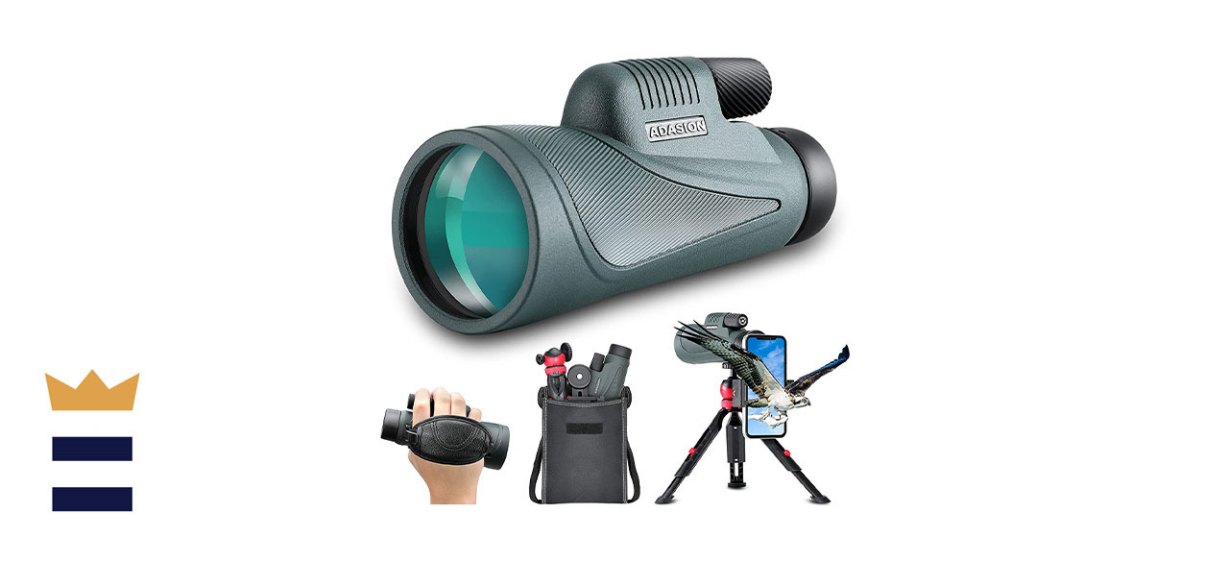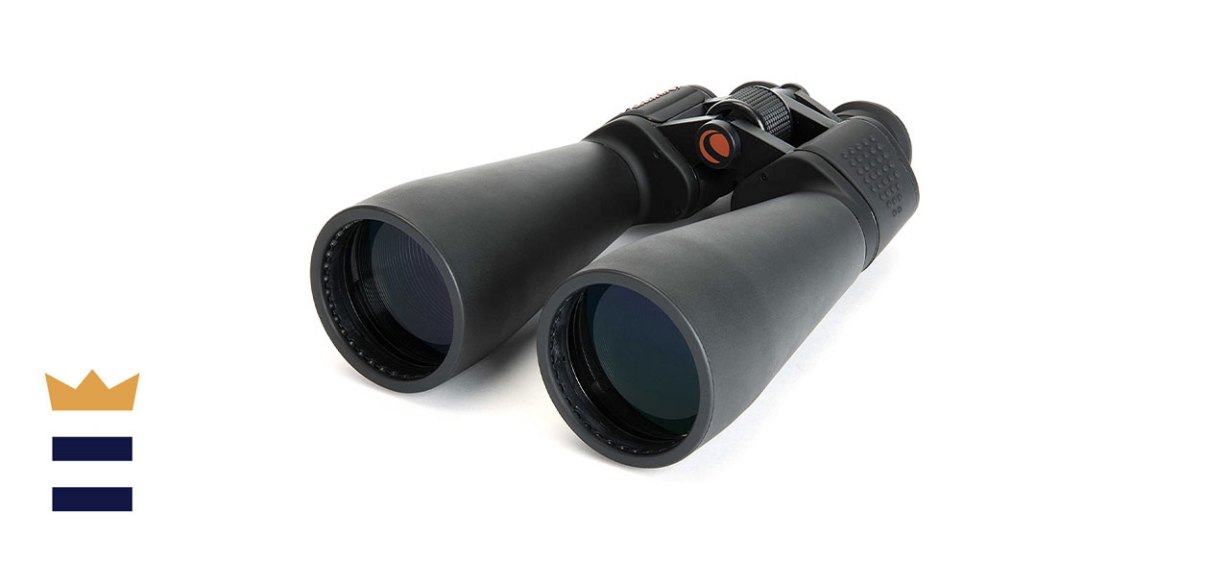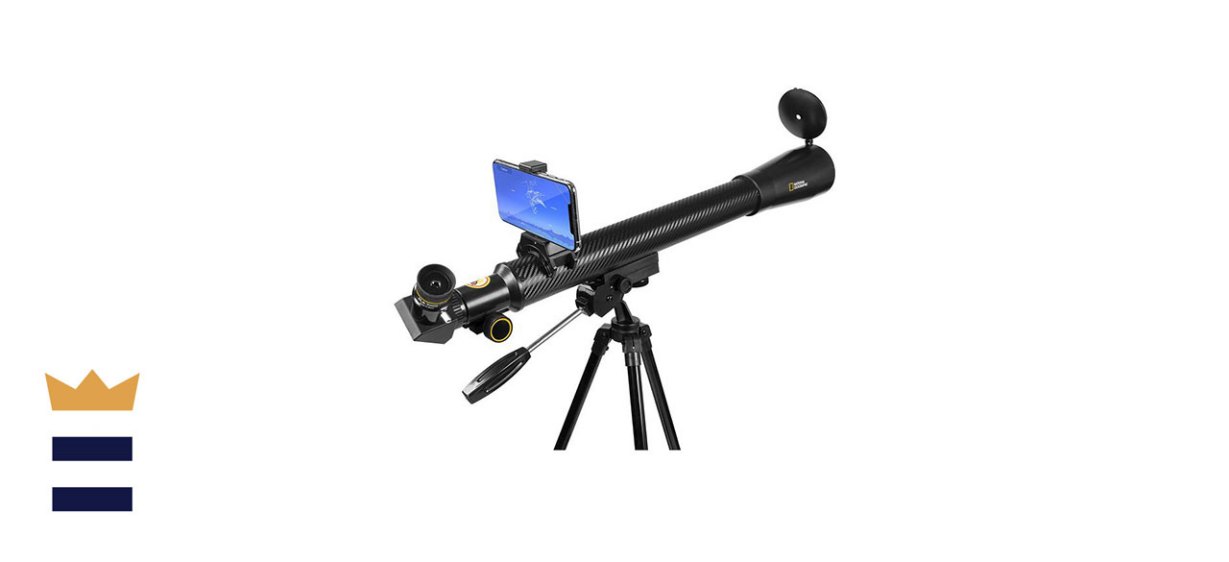How to view the Snow Moon on Feb. 16

Tips for when and how to see the Snow Moon
For many, the night sky is a source of deep fascination. Peering out into infinity and beyond, you can watch a never-ending ballet of stars and spheres. February has an abundance of celestial events, ranging from meteor showers to the majestic Snow Moon.
Some of these events can be seen with the naked eye. But if you want to have the best experience, there are a few things you need to know, as well as a few tools you need to have on hand.
What is the Snow Moon?
Each full moon has characteristics or an association that remains consistent year after year. This is how it is named. For example, in the Northern Hemisphere, the full moon that occurs closest to the autumn equinox is called the Harvest Moon. On the night of the Harvest Moon, farmers have the necessary light to work late in the fields, gathering crops before the first winter freeze.
The Snow Moon, on the other hand, received its name because of seasonal weather patterns. While everyone dreams of a white Christmas, and January is typically the coldest month of the year, in Northern regions, it is February that has the distinction of getting the most snow. Because of this, the full moon that occurs in February is called the Snow Moon.
When is the best time to view the Snow Moon?
Astronomically speaking, the full moon occurs at the precise instant when it is 180 degrees opposite the sun. According to NASA, this year, the Snow Moon will occur on Wednesday, February 16 at 11:57 a.m. EST. To the naked eye, it will appear to be full for the latter half of the week.
Every full moon rises to the east, reaches the highest point in the sky around midnight and sets in the west around sunrise. When you venture out to look at this spectacular event, remember to consider the moon’s path so you know where in the sky to look.
What you need to view the Snow Moon
If you want an extremely portable option, this compact monocular is for you. It offers a brighter view in low light, has a large eyepiece for comfortable viewing and is compatible with a Bluetooth remote shutter for one-click photos.
Sold by Amazon
Celestron SkyMaster Binoculars
These powerful binoculars have 25 times magnification with crisp focus and low light functionality. The rubber coating ensures a secure grip, and a carrying case is included with your purchase.
Sold by Amazon
National Geographic Refractor Telescope
This affordable option from a trusted name is suitable for ages 10 and up. Purchase includes a tripod with an accessory tray. The telescope has a dew shield that protects it from moisture and debris. The accompanying app includes an encyclopedia so you can learn more about the planets.
Sold by Macy’s
Celestron PowerSeeker 70EQ Telescope
The Celestron PowerSeeker 70EQ telescope is a high-quality, easy-to-use option. It is specifically designed for first-time astronomers and comes with multiple accessories, so you have everything you need on hand.
Sold by Amazon
Barska 675 Power Starwatcher Telescope
This is a slightly higher-priced option, but it is still for beginners. It comes with a red dot finderscope, software, a tripod and a Barlow lens with three times magnification for an even greater viewing experience. The rotating eyepiece offers a variety of viewing positions.
Sold by Dick’s Sporting Goods
Sign up here to receive the BestReviews weekly newsletter for useful advice on new products and noteworthy deals.
Allen Foster writes for BestReviews. BestReviews has helped millions of consumers simplify their purchasing decisions, saving them time and money.
BestReviews spends thousands of hours researching, analyzing and testing products to recommend the best picks for most consumers. BestReviews and its newspaper partners may earn a commission if you purchase a product through one of our links.
Copyright 2023 Nexstar Media Inc. All rights reserved. This material may not be published, broadcast, rewritten, or redistributed.






